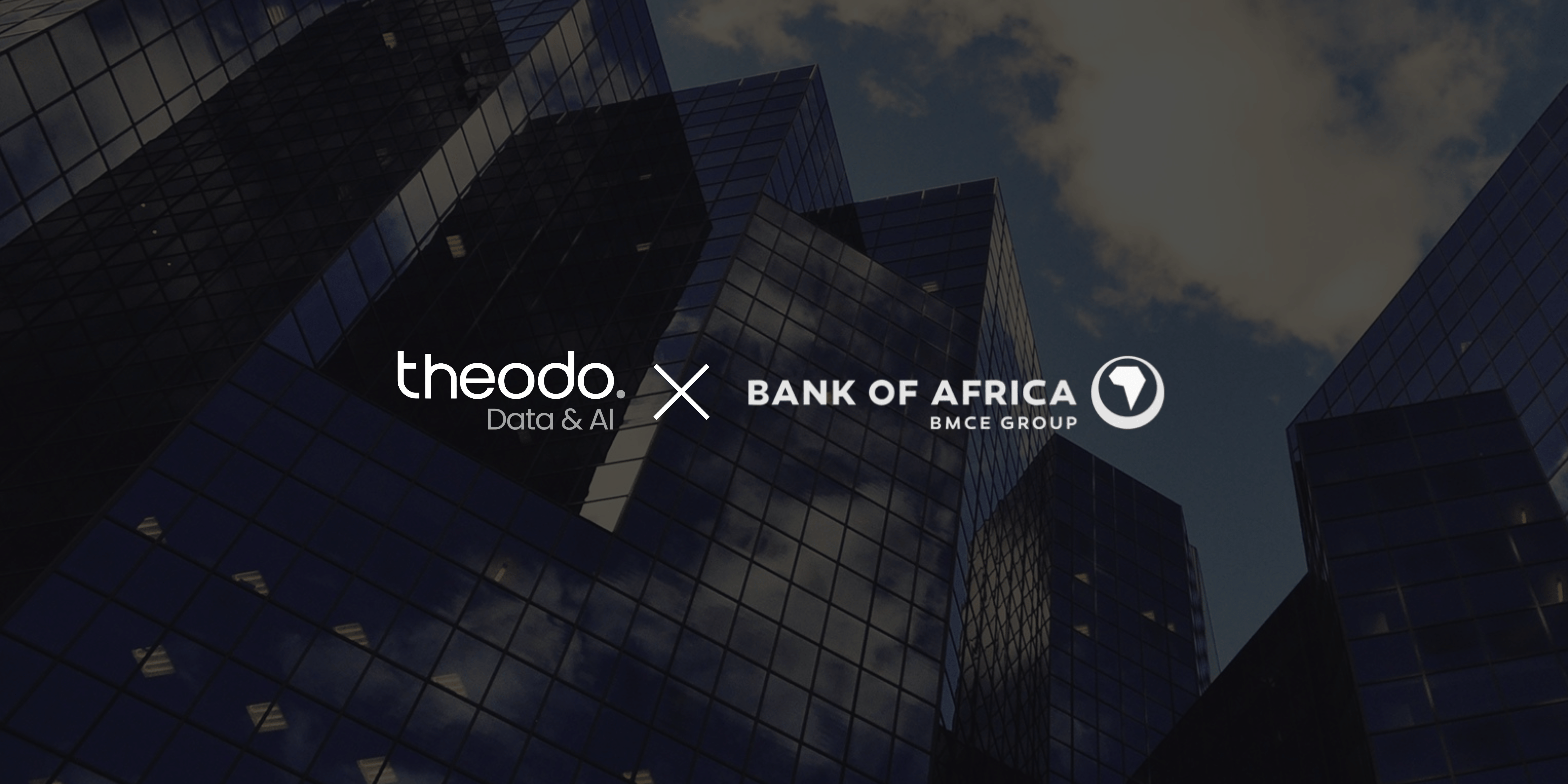Transformation of the BOA by restructuring its organization
Context
Bank of Africa, a leading bank in Morocco and Africa, aims to respond to the competition from online banks and accelerate its data transformation. BOA approached us for strategic guidance on its data platform and the implementation of use cases.
The Challenge
Bank of Africa wants to leverage data as a driver for operational efficiency and new revenue generation. To achieve this, the bank aims to:
- Establish a robust, state-of-the-art data foundation using the latest data technologies.
- Transform its organization to reduce the "time to market" for use cases.
- Upskill its teams in techniques and methodologies to reduce the failure rate of data projects.
The benefits of overhauling the data platform will be numerous: increased efficiency through higher-quality data, reduced platform costs, easier development of digital projects, and lower onboarding costs due to enhanced documentation.
Solution
In 7 weeks, we analyzed business needs and made recommendations across three areas:
- Data Governance: Evaluated data maturity through a questionnaire covering organization, processes, documentation, and roles & responsibilities. Positioned a benchmark against similar financial organizations.
- Understanding Business Needs: Mapped and described ongoing business initiatives and gathered prospective requirements.
- Technical Audit: Reviewed existing processes and tools, assessed the data skills of technical teams and the Moroccan market, and proposed future developments to meet the listed business needs.
Results
We made four main recommendations:
1. Create an autonomous, multidisciplinary Data Office to implement the data strategy, anchored at the General Management level.
2. Centralize data governance through the Data Office, led by business experts.
3. Deploy an integrated data platform capable of supporting future use cases by gradually overhauling its technical components to minimize rework.
4. Launch the development of an end-to-end use case on a small initial scope to quickly create value.

%20(Paysage)).png)

.png)